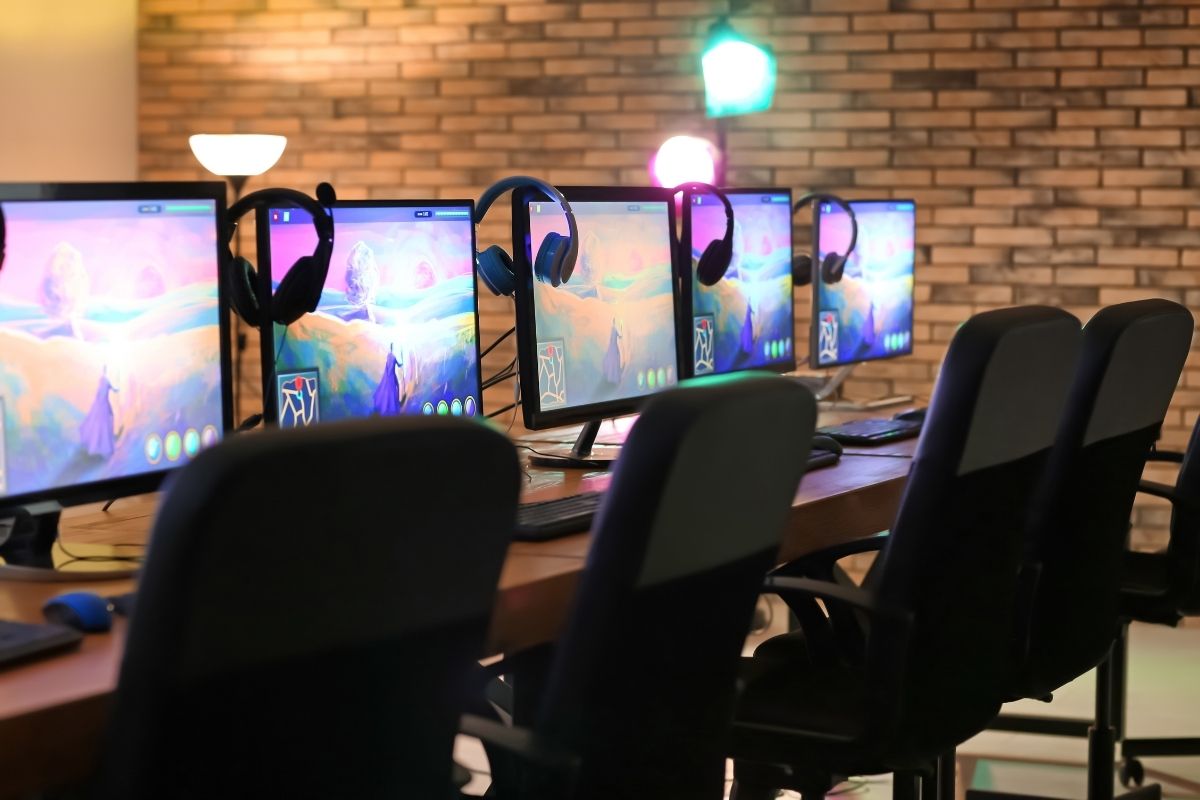Choices in Development: Engines, Languages, and Platforms: Game Engines and Environments
Game development has become a very welcoming environment. The game engine is the hub that runs the entire game and makes your game assets work. Anybody can develop a game as there are many different types of game engines and environments available.
If you are an aspiring game developer just starting out, you may want to check out Unreal Engine. This is a popular engine that is good for starters in that it is a bit more user-friendly. Unreal Engine involves less technical aspects to it as compared to other engines.
Another popular game engine that quite a few people know about is Unity. This game engine has a platform that allows you to create game characters. You can also add physics to the game assets using Rigidbody dynamics, and you can make your characters do different things by adding some code to your program.
If you don’t want to install a hefty software application on your computer, there are a whole host of game development engines that are web-based. You would simply go onto an internet browser, type in the URL, and then start coding. Once you’ve created your app or game, you simply download your file.
MIT App Inventory is a form of Scratch, which uses a block-based programming language for you to create apps and games. You drag and drop various blocks to build the code needed to run your creation.
Flowlab is another web-based application. Using Flowlab you can create game characters, add different movements for those characters, and create a full-fledged game. You can also access this application on your phone.
If you start working for first-party studios in the gaming industry, such as PlayStation, Naughty Dog, or Rockstar, you may work with proprietary game engines that these studios have created themselves.


